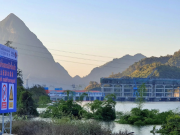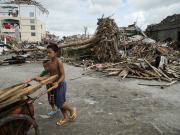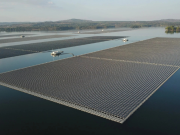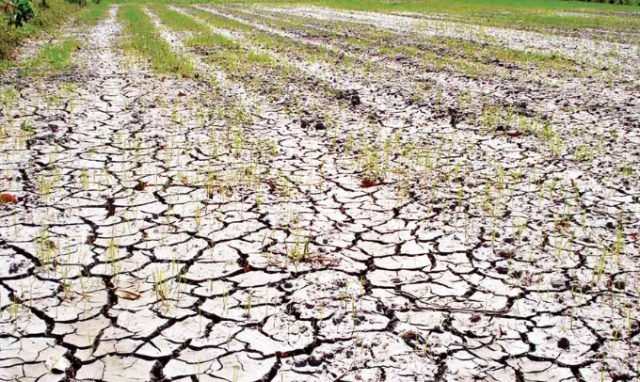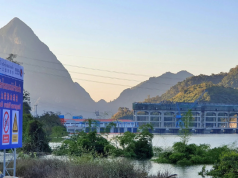Vietnam , Apr 25, 2025
The Mekong Delta, Vietnam’s agricultural heartland, is experiencing its worst saltwater intrusion in years — a crisis being blamed on rising sea levels and prolonged drought. The situation is disrupting rice farming, endangering food security, and exposing gaps in the country’s water management strategy.
Saltwater from the South China Sea has pushed deeper into the Delta’s river system, contaminating irrigation canals and turning freshwater unusable. For many rice farmers, this has meant abandoning crops mid-season or switching to alternative livelihoods.
Nguyen Van Hai, a farmer from Ben Tre province, says he has never seen salinity levels this high. “Even the rainwater we stored in jars isn’t enough. We’re running out of options.”
Climate scientists point to a combination of reduced upstream flow from the Mekong River and extreme weather patterns linked to climate change. Dams in China and Laos have further reduced river discharge, leaving the delta more vulnerable to tidal surges.
The Vietnamese government has rolled out emergency measures, including mobile water tanks and salinity monitoring stations. However, experts say more long-term strategies are needed, such as building resilient infrastructure and expanding the use of salt-tolerant crops.
“We can’t keep playing defense,” said a hydrologist at Can Tho University. “Without major investment in adaptation, the Delta could lose its status as a global rice bowl.”
International development agencies have also expressed concern, with calls to accelerate regional water-sharing agreements and transboundary cooperation among Mekong River nations.
As the climate crisis deepens, the Mekong Delta stands at the front lines — a stark reminder that environmental changes are no longer future risks, but present-day emergencies demanding urgent response.


